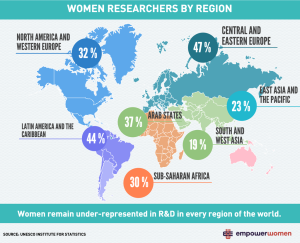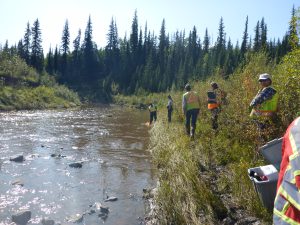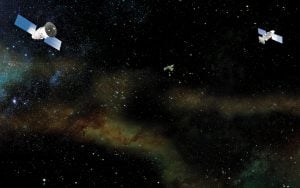
Science & Tech
UN declares International Day of Women in Science
From Roberta Bondar to Harriet Brooks, Canada has more than its fair share of women scientists to be proud of. However women are still a minority in the STEM fields
- 472 words
- 2 minutes
This article is over 5 years old and may contain outdated information.
Science & Tech


I set out under the cover of night, paddling my kayak through the mangroves of Puerto Rico’s Mosquito Bay until I am clear of the shore. At first the water is a black sheet, its only light the stars reflecting on its surface. But as I move on, I notice another light, a strange aura of dull blue that forms around my paddle with every thrust.
The bay, located on the south coast of Vieques, a small island off the east coast of Puerto Rico’s main island, is one of the world’s best places to see bioluminescence, the light that species such as fireflies emit. A tablespoon of water from the bay — which the U.S. National Park Service has designated as a national natural landmark — contains as many as 6,000 dinoflagellates, single-celled organisms that glow in the dark when disturbed.
The creatures are very sensitive to their environment: another similar bay near Fajardo, on Puerto Rico’s northeast coast, recently made international news when it nearly went dark, possibly because of run-off from the construction of a nearby water and sewage plant.
The bioluminescence in Mosquito Bay, however, remains undimmed. During my late-night kayak tour, I see the paths of dozens of fish as they shoot like blue tracers back and forth through the murky water. The guide tells me that even sharks come into the bay, and although I don’t spot one, I can imagine the rush of watching its large, electric-blue outline pass near the kayak.
I spend the next week walking the colonial-era ramparts of old San Juan, Puerto Rico’s capital, and island hopping, bouncing over world-class beaches such as Playa Flamenco on short plane rides. The sunshine and surf are great, yet I can’t help but feel that the true highlights of the coastline were best seen at night.
Are you passionate about Canadian geography?
You can support Canadian Geographic in 3 ways:

Science & Tech
From Roberta Bondar to Harriet Brooks, Canada has more than its fair share of women scientists to be proud of. However women are still a minority in the STEM fields

Environment
An agreement with the government says nations can move forward with feasibility study for new Indigenous Protected and Conserved Area in the Seal River watershed

Environment
Many of Canada’s 25 watersheds are under threat from pollution, habitat degradation, water overuse and invasive species

Science & Tech
As geotracking technology on our smartphones becomes ever more sophisticated, we’re just beginning to grasps its capabilities (and possible pitfalls)